Here is everything we know about Windows 9 'Threshold' so far
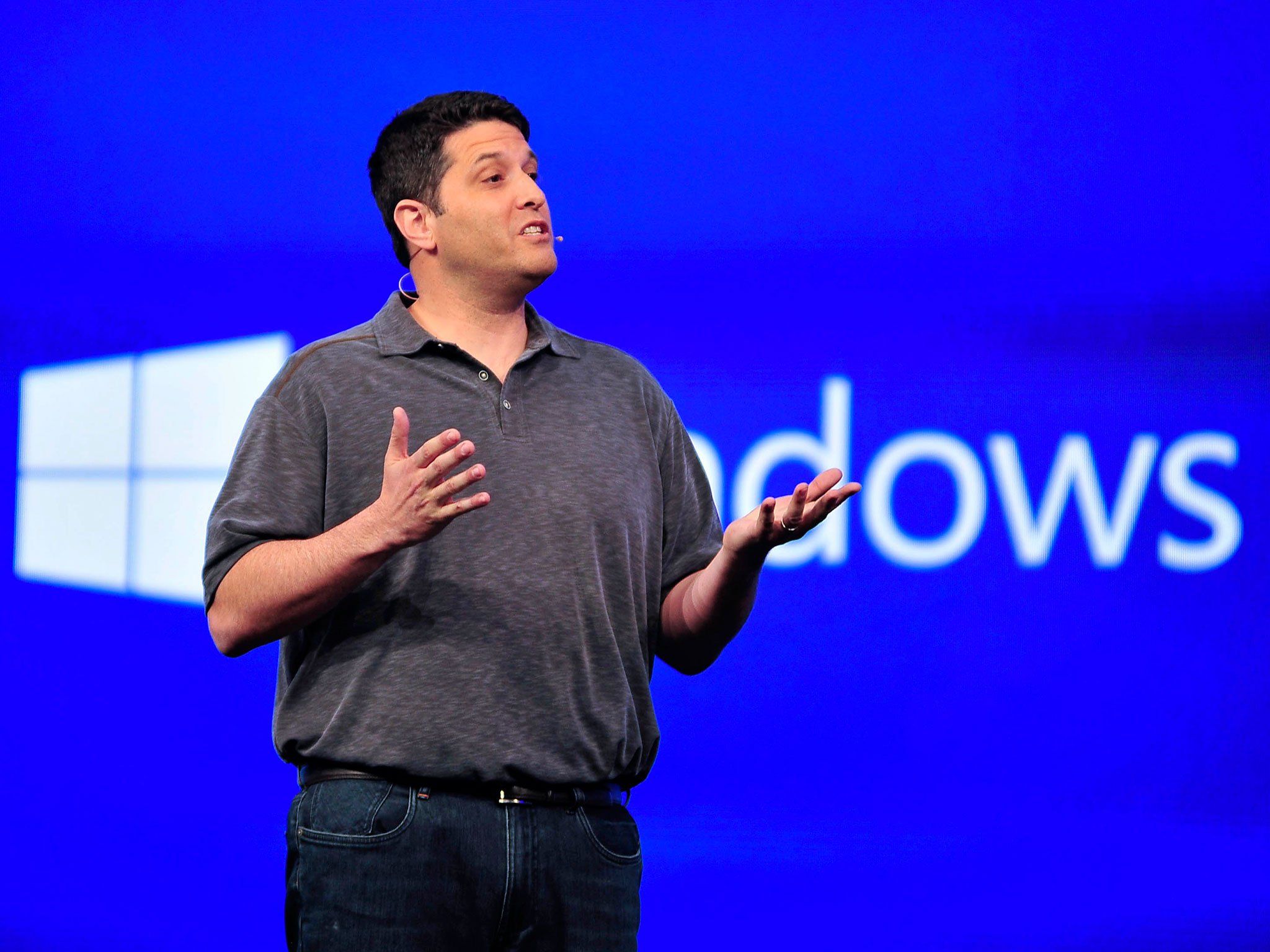
On Tuesday, September 30, Microsoft will hold an event in San Francisco where the company will begin to reveal what is next for its Windows operating system (with a specific focus for their enterprise customers).
While there has been a ton of interest in the tech media of what the company will reveal next week, Microsoft is taking a decidedly low-key approach in publicizing the event. Microsoft CEO Satya Nadella won't be there (he's scheduled to be in India at the time for another press event) and Microsoft isn't bothering to offer a live stream of the press conference, which will be attended by the company's operating system leader Terry Myerson and his right hand man Joe Belfiore.
So what can we expect from the next version of Windows? This article offers what we think is contained within the OS, but keep in mind Microsoft may have some surprises up their sleeve that no one outside the company knows about yet. Furthermore, features that are rumored to be included may not show up in the final build.
A quick history of Windows 8
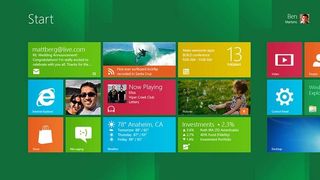
While Microsoft is not making much fuss for their official introduction for the next version of Windows on Tuesday, this was not the case when they first revealed Windows 8 over three years ago. The company re-launched its developer's conference as BUILD to help promote Windows 8 to software creators. During the conference, held September 2011 in Anaheim, California, Microsoft not only launched the first of three public previews of Windows 8 but it gave thousands of its attendees a free Samsung tablet prototype with an early 'developer preview' of the OS already installed.
However, the final version of Windows 8, launched nearly two years ago in October 2012, is largely considered a disappointment by the majority of users. Created under the leadership of Windows team leader Steven Sinofsky and Microsoft CEO Steve Ballmer, the OS was the most radical change for the software since Windows 95. The desktop UI was still there, but it was decidedly regulated to the background in favor of the default touch-based Start screen using Microsoft's Modern (previously Metro) user interface.
Many decisions made by Sinofsky and Ballmer were not well received by long time Windows users. The desktop UI in Windows 8 lacked the familiar Start menu, and Microsoft chose to force the OS to boot to the Start screen, with no way for the user to boot directly to the desktop. A cottage industry of third-party Start menu programs for Windows 8 cropped up, which proved that there was still Windows users who did not need or want Microsoft's touchscreen features.
In November 2012, just a few weeks after the launch of Windows 8, Sinofsky unexpectedly departed Microsoft. In 2013, Microsoft launched Windows 8.1, a free update to Windows 8 that finally allowed users to boot to the desktop. However, the company still failed to put in a real Start menu. Instead, it put in the Start button that let people quickly switch between the Start and desktop user interfaces.
Get the Windows Central Newsletter
All the latest news, reviews, and guides for Windows and Xbox diehards.
At the moment, the combined market share of Windows 8 and 8.1 on PCs worldwide is at 13.37 percent, according to Net Applications. That is not only well behind that of Windows 7, but it is also behind that of the 13-year-old Windows XP, which Microsoft no longer officially supports.
That was then. Now, under Nadella, Myerson and Belfiore, Microsoft is about to begin the process of introducing the next major version of Windows to the masses. Myerson and Belfiore are both Windows Phone veterans, which means that fans of the mobile OS are likely to see many features added to the next version of the PC version of Windows. More importantly, Myerson and Belfiore seem to want to listen to the actual users of Windows far more than Sinofsky. This attentiveness means that the mistakes made during Windows 8's development will be unlikely a second time.
The name of Windows
What will the next version of Windows be named? We know that Microsoft has used the code name "Threshold" during its development internally. It has also been called "Windows 9" by the media and apparently by Microsoft itself. Most recently, the Microsoft website that went live on Saturday for the technical preview showed another name, Windows TH (for "Threshold" we would presume). However, it is also possible Microsoft could just call the next version "Windows".
There is evidence that the company is trying to consider the marketing of both its Windows and Windows Phone brands under one brand.
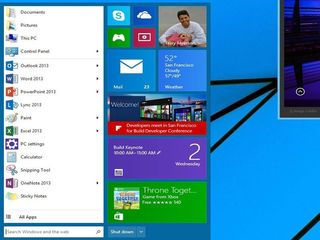
The return of the Start menu
While Microsoft has said little officially about the next version of Windows, the BUILD 2014 developer conference did show Myerson revealing two essential features. One is the ability to run Modern UI apps on the desktop UI in a windowed form. The other feature is a version of the familiar Start menu on the desktop, which generated a massive cheer from the audience. The Start menu that was revealed was a mix of the traditional one found on Windows 7 combined with Modern UI tiles of Windows 8. However, Microsoft may allow for users to change the layout of the menu so it does not show any Modern UI titles.
Windows Phone 8.1 features
According to both information and screenshot leaks from early build of Threshold, Microsoft plans to add many features found in Windows Phone 8.1 in the next version of Windows. The biggest one includes the Cortana digital assistant, which apparently is only available as an app in current builds. There's also evidence that Storage Sense and Wi-Fi Sense might be on board, as well as a Notification Center.
Even more additions
Microsoft might launch a new and flatter design for Internet Explorer 12 in the next version of Windows and the desktop might be getting a flatter design as well. There's evidence that the OS adds multi-desktop support, which should be of interest to business users. There have been rumors that the company will be ditching the Charms bar found in Windows 8, but recently leaked screenshots and videos of a recent build still show the Charms bar in place.
Microsoft might add interactive live tiles to the Start screen for Modern UI apps. Microsoft might even offer users a more direct way to send feedback about builds to the company. Finally, alongside Windows 9 could also come DirectX 12, the next major upgrade for Microsoft's gaming graphics API, along with support for display that have up to 8K resolutions.
What will stay the same?
It is looking like Microsoft's Modern app strategy continues with the next version of Windows. There has been no indication that the company plans to ditch or substantially alter those apps or the Windows Store that is currently in Windows 8.1. We suspect that apps like Skype and OneDrive are built in Threshold, again as they are part of Windows 8.1.
Desktop or no Desktop?
While people who use the next version of Windows will be able to access the desktop UI on a regular PC, there are some rumors that claim those users might never have to access the Modern UI unless they want to. Conversely, if Threshold is installed on a tablet device, the user might never have to access the desktop UI. It apparently all depends on the size of the screen and/or it is touch enabled. This change should solve some of the problems of Windows 8, which tried to offer both user interfaces, no matter which devices it was installed.
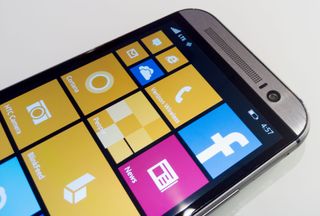
Will Windows RT get updated and what does this mean for Windows Phone?
Microsoft launched Windows RT at the same time as Windows 8 in 2012. Windows RT only ran on devices that used ARM's processor designs, which meant that it could not run any of the older programs made for previous versions of Windows. With Threshold, there are rumors that Microsoft might try to merge that OS with Windows Phone, which already runs on ARM-based chips. Indeed, one story claims Microsoft will launch a preview of the ARM version of Windows in early 2015, and that it could run on Windows Phone devices.
That would seem to suggest that the next version of Windows Phone could be the Windows RT version of Threshold. There is simply no way of knowing for sure at this point, but that would be a logical assumption to make. If that is indeed the case, the launch of Threshold will be just as important to Windows Phone fans as it is for PC desktop, tablet and notebook owners.
Will the next Windows be free?
There are some rumors that claim Microsoft is considering a plan that would allow the final version of Threshold to cost $0 for Windows 7, Windows 8 and Windows 8.1. This price drop would be a massive change in Microsoft's business model for the operating system. However, the company already offers Windows Phone 8.1 free to OEMs, as well as Windows 8.1 for tablets that are smaller than nine inches. Dropping the price of its desktop OS would certainly help to boost its market share almost immediately.
Will the next Windows also be the last?
Microsoft's previous business model had the company launching major new versions of Windows, with lots of improvements and changes, every few years. Now there is speculation about the company altering its update schedule for Threshold that would make it technically the last version of the OS. Instead of introducing new features in one big release every three or so years, Microsoft might update the OS every month with new additions, along with bug fixes and security improvements.
When will it be released?
While Microsoft is currently expected to hold its next Windows press event on Tuesday, it might wait until sometime in early October to release the enterprise preview build of the OS. Microsoft already has a website in place for the download, which it is calling Windows Technical Preview for Enterprise. It is important to note that the 'early preview' will most likely not have all of the features that Microsoft plans to put inside the final build of Windows 9. Now, the current rumors claim that the final version of the next Windows OS will be presented to the public sometime in the spring of 2015.
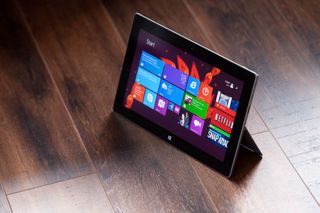
Will Microsoft launch new Surface tablets alongside Threshold?
Microsoft released Windows 8 in the fall of 2012, and it included the release of Surface for Windows RT. It was Microsoft's debut PC hardware product, and it was followed up by the launch of Surface Pro, running Windows 8, in early 2013. In October 2013, alongside the launch of Windows 8.1, Microsoft also released the Surface 2 and Surface Pro 2 tablet. In June 2014, Microsoft started selling the Surface Pro 3, a large 12-inch tablet.
There has been almost no buzz at all about Microsoft launching a Surface 3 this fall using Windows RT 8.1. Microsoft may be simply holding off on releasing new tablets until the release of the final version of Threshold. Nonetheless, Microsoft could surprise us and release a Surface 3. In a few weeks, we should know for sure.
What about touch-based versions of Office for Windows?
Microsoft has already launched ports of Word, Excel and PowerPoint for Apple's iPad, and there are rumors the company may do the same for Android tablets before the end of 2014. It is conceivable Microsoft might wait until the final version of Threshold is released before also launching touch-enabled versions of Office apps for Windows tablets and touchscreen-enabled notebooks and all-in-one PCs. All we know is that this version of Office is coming.
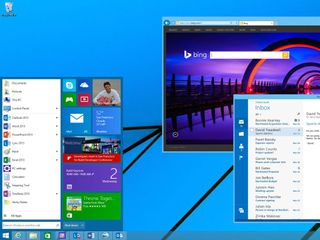
Wait and see
In the end, there is not much we can do but wait for Microsoft's reveal on September 30. Again, the company is not going all out to hype up this press event, so our expectations are low in terms of getting a ton of news. However, there is no doubt in our minds that Microsoft wants to win back all of its current PC users who decided to bypass Windows 8 and 8.1. That may be why they are targeting enterprise customers version with this event, rather than developers or consumers. Microsoft wants all those Windows 7 and Windows XP IT managers who work at large companies to ditch those older operating systems in favor of what is next.
Microsoft needs the next version of Windows to be a success in order to help ditch the bad reputation that Windows 8 generated in the past two years. Myerson and Belfiore will be on the front lines of this launch. It is going to be interesting to see what the final reaction will be from both enthusiasts, and the public based on their management and development efforts. It is also an essential part of Nadella's overall leadership of Microsoft and his "mobile first, cloud first" strategy.
Are you excited about what may be announced on September 30 and do you plan to try out the next version of Windows when Microsoft releases a preview version of the OS? Sound off below!
